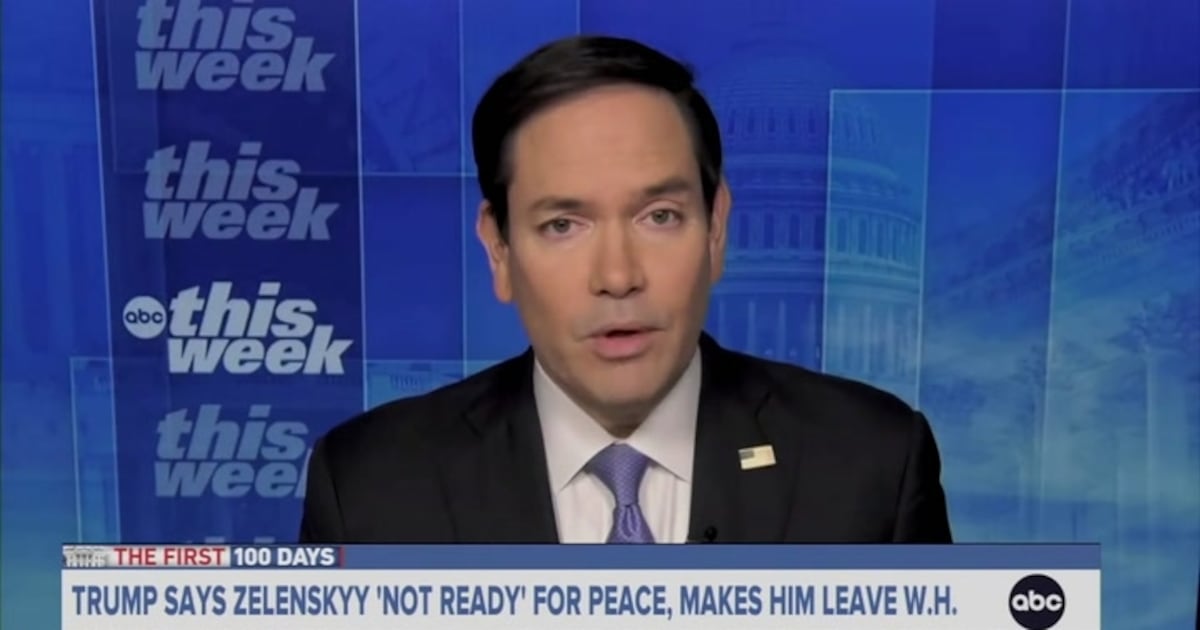“We’re hiring. We’re hiring. Get off that protest line and put an application in.”
That was Chief David Brown of the Dallas Police Department encouraging members of the Black Lives Matter movement to come in and serve as Dallas policemen. It was also one of the great “put up or shut up” lines of all time.
It is one of the reasons Chief Brown has become one of the most stylish men in American public life. Style doesn’t just mean what you wear—it’s how you wear and how you act underneath the clothes.
New York City Police Commissioner William Bratton describes Chief Brown as a “consummate professional who represents some of the best progressive police leadership today.” Now Commissioner Bratton has style, too, and not just because he cleaned up New York (twice) and Los Angeles, but because he has the Boston Police Department’s highest medal for valor—and never mentions it. That is real tough guy style. His compliments mean a lot.
Chief Brown looks great in his dark blue uniform with the four stars on the shoulder and buttoned to the neck. There is nothing relaxed about him. He is calm. Always reassuring. He has a number of medals on the right side of his uniform. His badge is on the right. His shoes are shined. He is all business all the time. He is always ready to do his job.
His skin looks like he polishes it, his shoulders are thick. He is the old-school man’s man. In one of the most controversial times in American policing history, he is someone that people listen to and believe. Google his images and look at how tight his collar and tie are. That is in Dallas in the summer. He makes being uncomfortable into a statement of style. He isn’t trying to be happy. He wants to be in charge.
His successes include an 80 percent decline in police shootings. He has a police force that is 25 percent black. This equals the percentage of African Americans in Dallas. He has had no problem firing cops, even when that brings him into confrontations with the police union.
Micah Johnson was a racist who said he wanted to kill white cops and killed five of them. He was aiming at the white guys. Chief Brown turned it from a black white issue to a blue one.
Let’s look at a situation where there was a need for transparency and leadership and it wasn’t there: Ferguson, Missouri. Police Officer Darren Wilson was not indicted for killing 18-year-old Michael Clark. The grand jury had to have believed Wilson’s story. Wilson said that Clark, who was 6'5' and 289 pounds, punched him, tried to take his gun, and then charged him after Wilson told him to surrender (which was corroborated by a trail of the blood spots).
After all the blood and the burning and the fury, the Department of Justice determined that the witnesses who said it was a cold-blooded killing were not credible and some weren’t even there. Or in short, that the witnesses were trying to frame Wilson for a crime he did not commit. A murder. A life sentence. That is a monstrous thing to do, but the public only heard one side of it.
Wilson lost his job, his career, and his reputation just to please people who didn’t hear and didn’t want to hear both sides of the story.
If Chief Brown has been there, he would have had a much better chance of calming the anger, moving the investigation faster, and increasing the level of transparency. More important, he would not have allowed the kind of racist police activity that created the nightmare.
Apparently the chief doesn’t do much outside his job except an occasional game of golf and going to church with his wife. These are times that call for an obsessive attention to duty.
We are starting a presidential campaign where the truth and the facts are going to be hard to find and nobody is going to have the credibility—or the style—that Chief Brown has.
Eddie Hayes is a former homicide prosecutor in the Bronx and a trial lawyer in New York City. He is a member of the International Best Dressed Hall of Fame.






